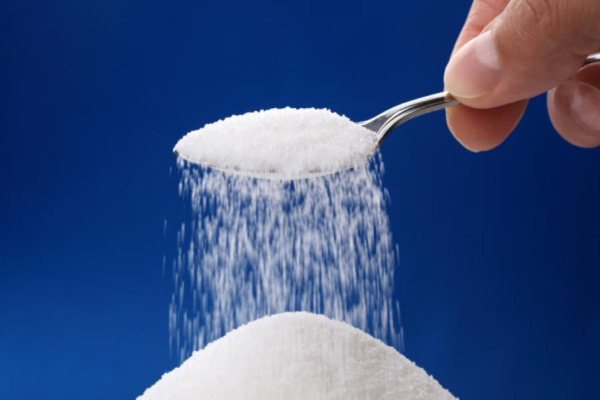
BYU Scientists Reveal an Unexpected Truth About Sugar
For years, sugar has been singled out as one of the main causes of the worldwide increase in type 2 diabetes.
However, recent research by Brigham Young University (BYU), in collaboration with German institutions, provides an important nuance:
“Not all sources of sugar have the same effect on the body.”
In the largest and most comprehensive meta-analysis conducted to date, researchers analyzed data from more than half a million people across different continents. The finding was overwhelming:
“Sugar consumed in liquid form—such as in soda or even fruit juice—is clearly associated with an increased risk of developing type 2 diabetes.”

In contrast, other sugar sources, especially those found in whole grain foods, not only showed no such risk, but in some cases appeared to offer slight protection. Dr. Karen Della Corte, a professor of nutrition at BYU and lead author of the study, commented:
“ This is the first study to establish clear relationships between dose and diabetes risk depending on the source of sugar. Drinking sugar, whether in the form of soda or juice, has a more negative impact on health than consuming it as part of a meal.”
 Even after considering factors such as body mass index, excess calories, and other lifestyle habits, the results were clear:
Even after considering factors such as body mass index, excess calories, and other lifestyle habits, the results were clear:
- For every 355 ml glass of sugary beverage (soda, energy drink, or sports drink) consumed daily, the risk of developing type 2 diabetes increases by 25%. The most worrying thing is that the risk starts from the first glass, with no minimum “safe” level.
- For every glass (240 ml) of fruit juice consumed daily (even if it is 100% natural), the risk increases by 5%.
These percentages represent a “relative, not absolute, risk.” For example, if a person’s average risk of developing type 2 diabetes is 10%, drinking four sodas a day would raise it to approximately 20%, “not 100%.”
On the other hand, the researchers observed something surprising: consuming about 20 grams of total sugar or sucrose (table sugar) per day was associated with a slightly lower risk of developing diabetes. This suggests that when sugar is integrated into nutrient-dense foods—such as whole fruits, dairy products, or whole grains—it doesn’t pose the same metabolic problems.
The reason? Sugary drinks and juices deliver sugars rapidly and in isolation, causing spikes in blood glucose and overloading the liver.
This can promote the accumulation of liver fat and increase insulin resistance. In contrast, when sugar is consumed as part of whole foods, the body processes it more gradually thanks to the fiber, protein, fat, and other nutrients that regulate glycemic response.
Although fruit juice offers some vitamins, its high sugar content makes it a poor alternative to whole fruit, which provides much more fiber and helps control blood sugar. Dr. Della Corte concluded:
“This study reinforces the need to be even stricter about the consumption of liquid sugars, such as those found in sugary drinks and juices. Rather than condemning all added sugars, future dietary guidelines could consider differences based on the source and form of the sugar.”
The study was recently published in the journal Advances in Nutrition, and also included BYU professors James LeCheminant and Dennis Della Corte, along with students Tyler Bosler and Cole McClure.
To read more from masfe.org









